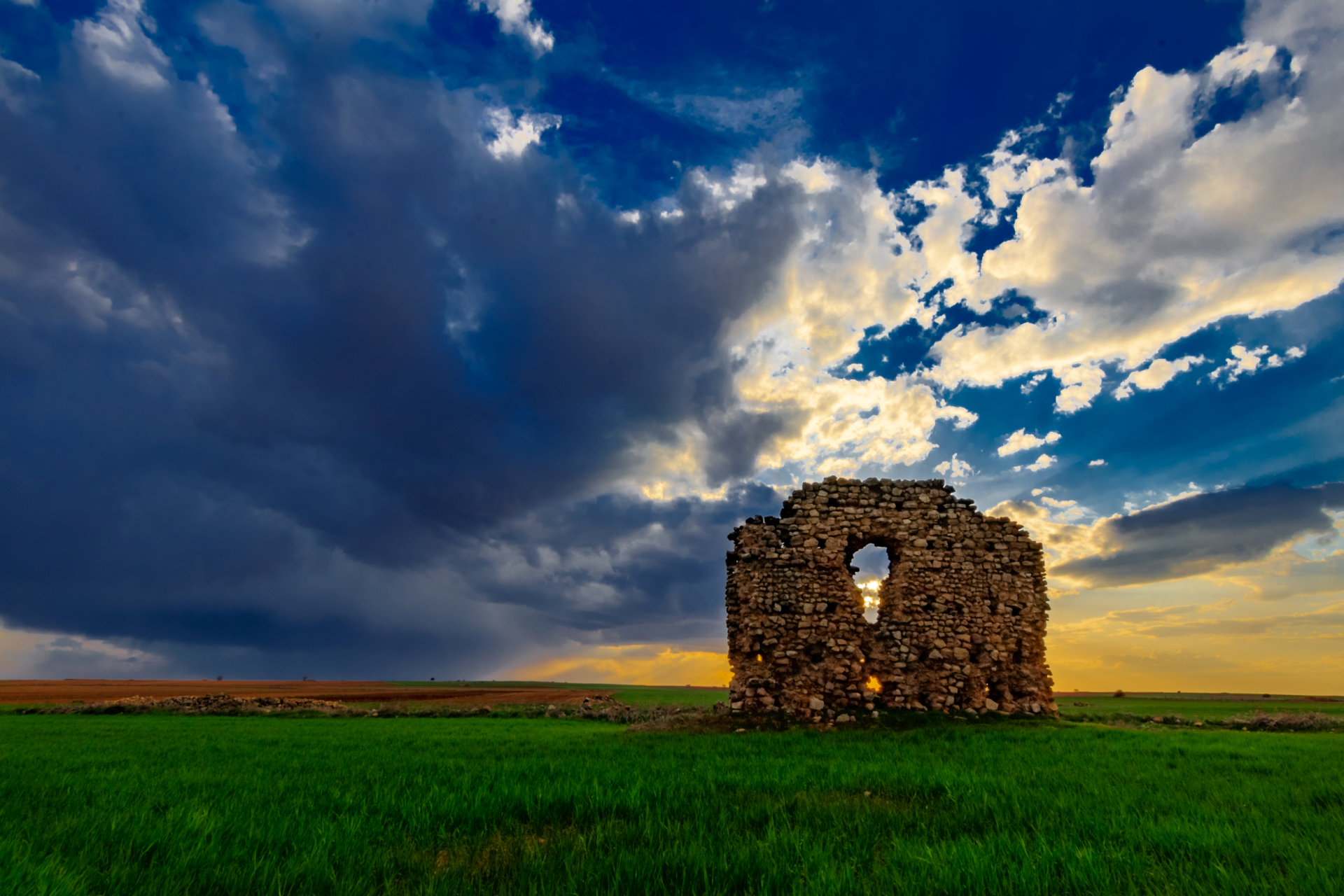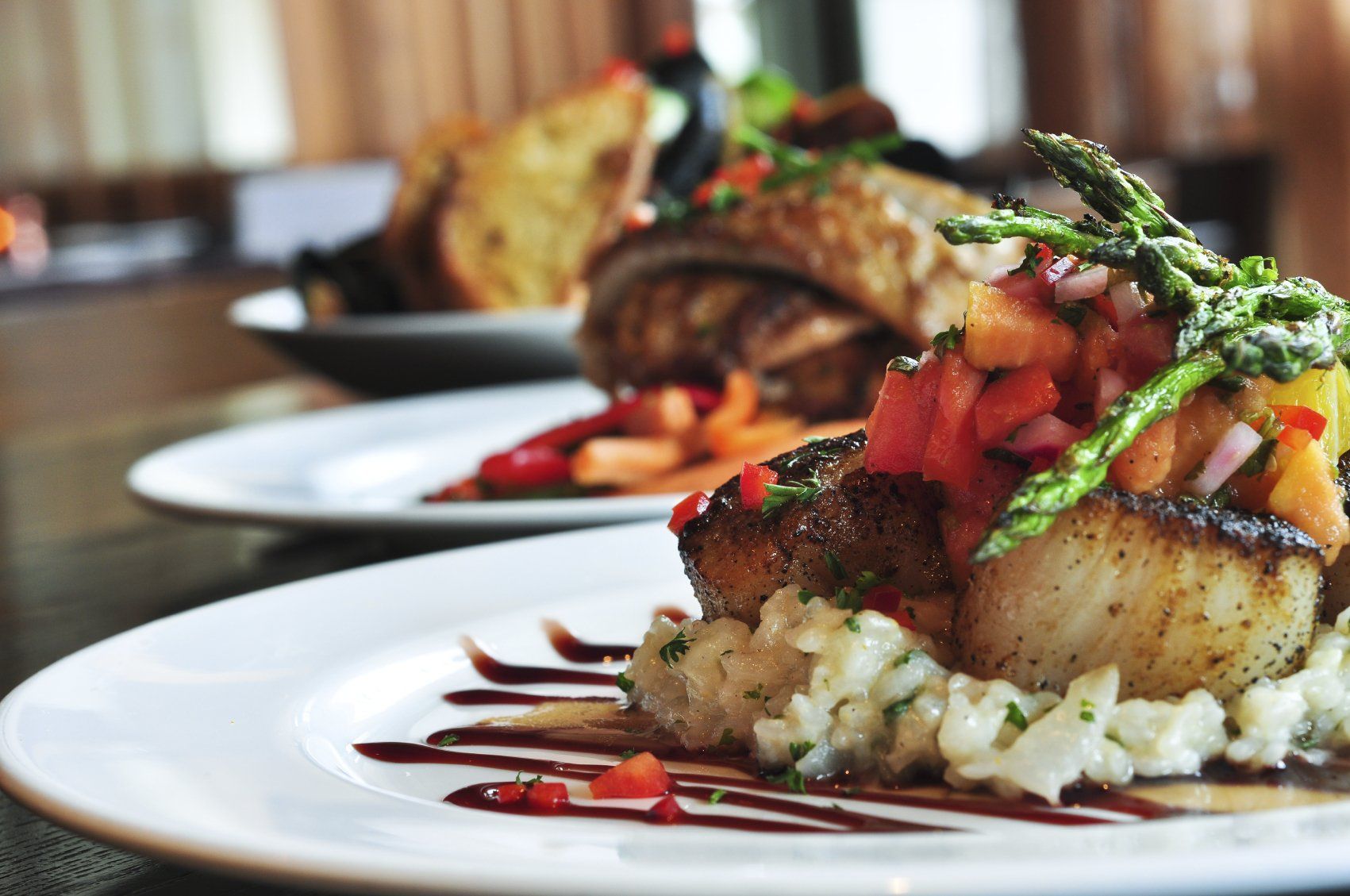El Bonillo

The Village
El Bonillo is a municipality located 69 km from Albacete. It currently has a population of around 2700 inhabitants. The municipality of El Bonillo, in medieval times, had many population centers (as evidenced by the churches and chapels that are or were) distant from each other. The most important were the village of Sotuélamos, San Miguel de Susaña and Santa Catalina (near the Salinas de Pinilla).
Shortly after 1500 it was granted independence from the city of Alcaraz. On November 27, 1532 the Empress Isabel granted him the power to sentence his own civil causes. The same Empress Isabel on January 11, 1534 granted him the property of the Dehesa Nueva. Later, the Emperor Charles I of Spain and V of Germany granted it the title of Villa and endowed it with civil and criminal jurisdiction, including gallows and pillory. This pillory is the rollo-picota, today known as the Rollo de San Cristóbal, where the prisoners were executed and exposed to public shame. Philip II ratified the concession granted by Charles I and extended its jurisdiction.
Things to See
El Bonillo offers its visitors a Route on its Old Town, declared historical/artistic site, where you can see the Plaza Mayor (renaissance style), the Cross of the Holy Christ of Miracles, the Town Hall, the Church of Santa Catalina and the Rollo-Picota. Its parish museum has a painting by El Greco, "Christ embracing the Cross", a painting to approach him and contemplate without haste. Also important is the Hermitage of the Immaculate Conception.
On a cultural level, it is especially important its Semana Santa (Holy Week), declared of Regional Tourist Interest, and its "Traditions and Crafts" Fair. On a sporting level, the Lagunilla Golf Course and hiking in the Zona Esteparia del Bonillo are popular among visitors. El Bonillo is also included in the Renaissance Route and the Route of Don Quixote.
Festivities
The main festivities that El Bonillo holds throughout the year are the following:
- March 4, the day of the Santísimo Cristo de los Milagros, which commemorates the miracle that occurred in the house of Antón Díaz.
- Semana Santa (Holy Week), with its renowned drum and bugle bands, which was declared of Regional Tourist Interest in 2011.
- May 1, the day on which the pilgrimage to Sotuélamos is celebrated, where the Virgin of Sotuélamos is carried in procession, making its traditional crossing of the river, to her hermitage, located in that hamlet. Afterwards, a picnic is held in the park of Sotúelamos and its surroundings.
- The Traditions and Crafts Fair Villa de El Bonillo is held during the weekend closest to the festivity of San Juan. Numerous activities full of popular flavor are organized, in which trades are recreated. Local associations, artisans and all those who want to show their good work are represented.
- The Festival Alterna is held the first weekend of July. It began in 2008, as an initiative to promote alternative musical culture in El Bonillo.
- The annual Fair, which lasts from August 10 to 15. In it you can enjoy bullfighting festivals, musical performances, popular festivals, etc..
- On September 14, where the Santísimo Cristo de los Milagros is again carried in procession to celebrate the Exaltation of the Cross.
Semana Santa (Holy Week)
The Holy Week of El Bonillo is a festival of regional tourist interest noted for the richness of its steps and its antiquity.
The first brotherhood of the SXV called La Vera Cruz, taking over from that of Jesus the Nazarene in the sixteenth century. It also highlights the importance of the music of El Bonillo, has antecedents in the minstrels of the sixteenth century, including the bugle band of the "Armaos" with more than 100 years old with its unusual costumes, reminiscent of the Flanders tercios.
Of special appeal is the image of La Dolorosa, which retains the face and hands carved by the master Salzillo. In its procession, on Viernes Santo morning, it can be seen in all its splendor.
El Greco
In the parish museum of the church of Santa Catalina de El Bonillo is one of the most important works of the province of Albacete, "Christ embracing the Cross" by Domenico Theotocopuli, "El Greco" (1541-1614).
The canvas represents Christ standing, with great temperance, on a tormented background, with red tunic and blue cloak, with marked folds in games of chiaroscuro, who embraces the Cross with large hands of great beauty, which seem to caress it. On her head she wears a crown of large thorns, while her gaze is lost towards the heavens in full acceptance of the Father's will.
The work presents the typical characteristics of the artist's works, elongated figures, light brushstrokes, contrasting colors, deep expressions, the square halo, a slight mannerism in the figures, and if it were not enough for its attribution, we find the author's double signature, one in Latin and the other in Greek. According to the authors who have studied it, the work corresponds to the artist's most brilliant period between 1590 and 1596.











































